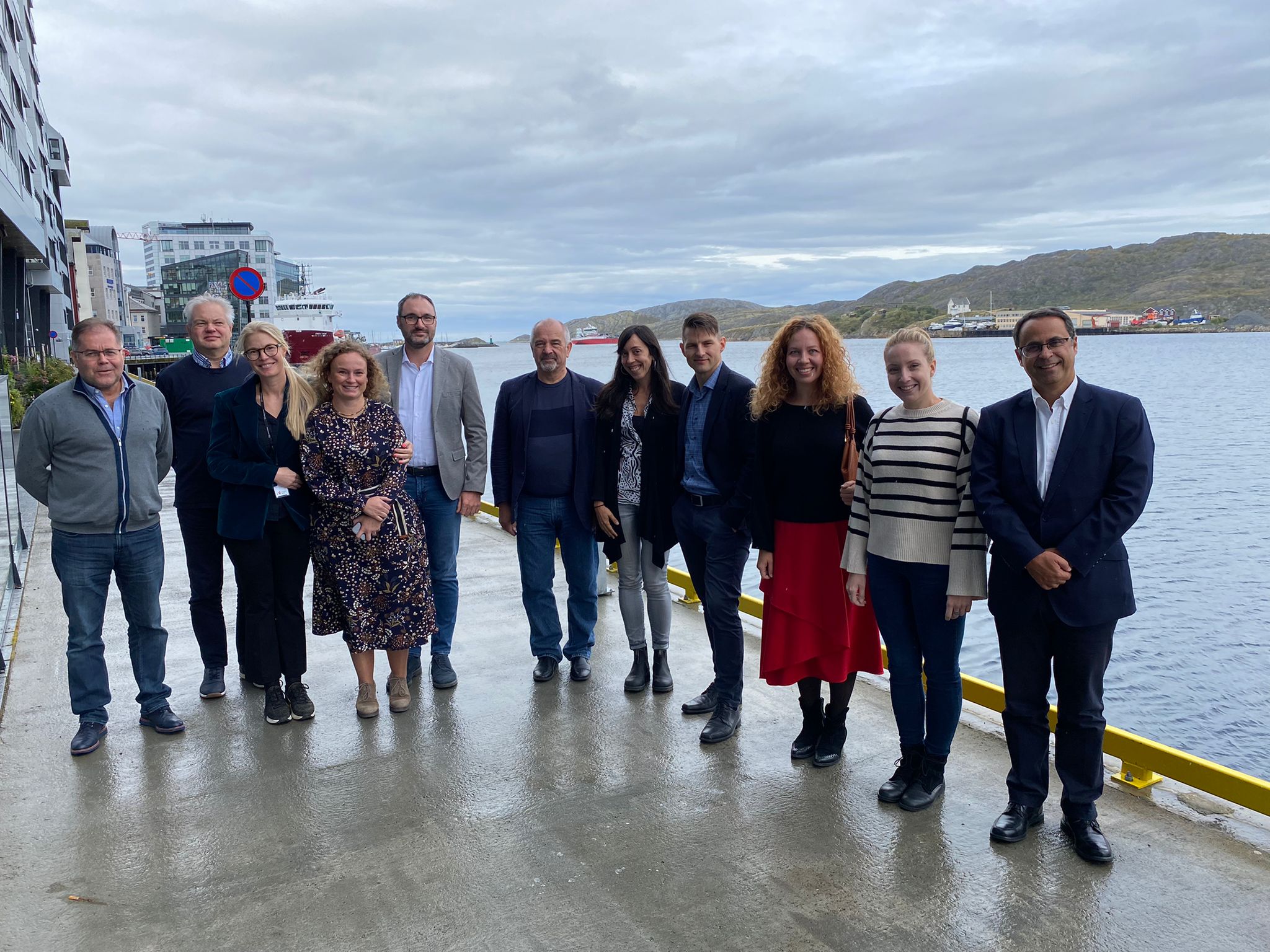As a result from the exchange of experience process occurred in the framework of MONITORIS3 Project among six participating European regions from January 2017 until December 2019, the Galicia Innovation Agency (GAIN) planned the implementation of a Pilot Action based on a good practice, in which the Norland County Council used qualitative indicators for the monitoring of behaviuoral changes towards innovation in companies.
In early 2020, the InnovaPeme call for proposal was launched in Galicia in order to support SMEs in increasing their innovation capacity through the financing of activities integrated in the companie’s innovation plans.
The resolution of the call was delayed due to the lock down derived from the COVID-19 pandemia, and it was finally published in September 2020, being 38 SMEs the final beneficiaries of the programme. In September 2020, a workshop was organized with all beneficiaries in order to inform them about the conditions and rules of the funding programme, including the participation in the monitoring of their behavioural changes towards innovation from the beginning to the end of their innovation projects.
In parallel, from February 2020, GAIN worked on the development of a questionnaire aimed at tracking the effect of the policy instrument on beneficiary SMEs by measuring their behavioural changes towards innovation. The questionnaire was based on a good practice implemented by the Norwegian partner in Monitoris3, in which they monitored their project “Mobilization for research based innovation in the industry in Helgeland” (MOFI Project).
In this regard, a work group was established together with CCDRN (which was also implementing a similar action), Norland County Council, Galician experts and GAIN personnel. Several online meetings were organized during 2020 in order to learn on the Norwegian experience and to receive advice on how to export this good practice for its practical implementation in both Norte and Galicia.
Once the questionnaire was ready in Galicia, it was a first pre-tested with two Innovapeme beneficiaries through phone interviews. The result of the pre-tests showed very interesting outcomes and the feedback from the companies was very comprehensive. Nevertheless, the modality of phone interviews was very time consuming both for the administration and for the company in charge of conducting them. Therefore, the remaining Innovapeme beneficiaries were approached with an on line questionnaire, which was delivered to them in early 2021. The participation rate in this first round of questionnaires was over 50%: 22 out of the 38 beneficiary companies provided their feedback.
In January 2022, just after the innovation projects had come to an end, a second questionnaire was delivered. The level of response was almost the same: 21 out of the 38 beneficiaries responded. This facilitated the comparative assessment of the results in the 2 rounds of questionnaires, and thus raise conclusions about the impact of the public funding on the participating SMEs. In general, this assessment showed that the implementation of the Innovapeme had a positive impact in the beneficiary SMEs and helped raise their awareness about the benefits of introducing innovation processes in their companies.
As a conclusion, this type of monitoring mechanisms are very promising and should be systematized into this kind of policy instruments.











